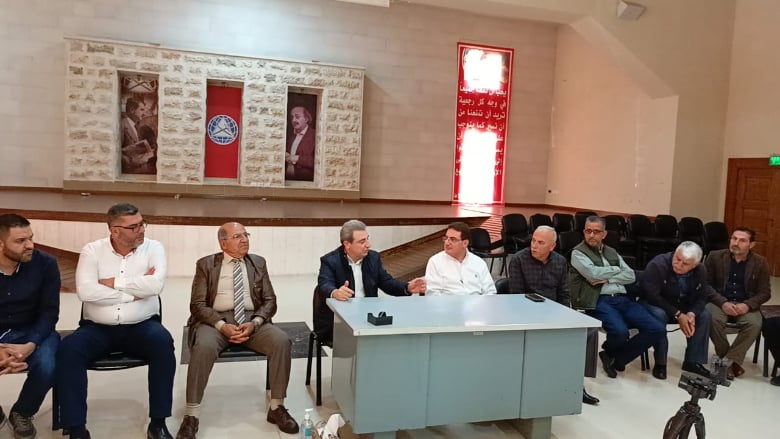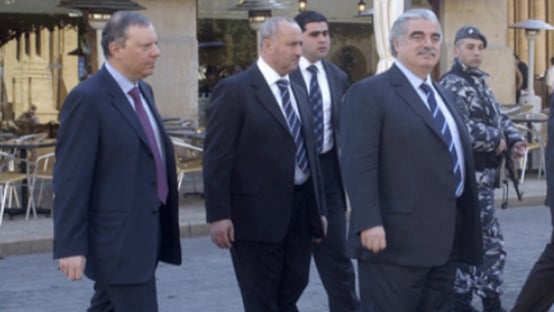If curbing the spread of the coronavirus is akin to being “at war,” then it is unlike any war the world has ever fought.
Still, the irregularity of this particular fight hasn’t stopped leaders from invoking wartime imagery. In China, where the outbreak began earlier this year, Xi Jinping vowed to wage a “people’s war” on the coronavirus. As the disease spread across the globe, the battle allusions followed. France’s Emmanuel Macron declared the country at war with an “invisible, elusive” enemy. Italy’s special commissioner for the coronavirus emergency said the country must equip itself for a “war economy.” British Prime Minister Boris Johnson told Britons that theirs was a fight in which each and every citizen was “directly enlisted.” In the United States, Donald Trump refashioned himself as a “wartime president.”
By choosing to frame the pandemic in military terms, governments are clearly trying to communicate the gravity of this public-health crisis—one that requires the type of state intervention and personal sacrifice most nations haven’t experienced in peacetime. But drawing this imperfect parallel can have the unintended consequence of causing fear and panic too. One look at the barren supermarket shelves and the surge in U.S. firearm sales suggests that it may have already had that impact. If the aim of such imagery is to compel the public to act in the national interest, framing this crisis in war terms may achieve just the opposite. In this “war,” after all, most people aren’t being asked to mobilize; they are being asked to stay home.
The last time the world faced a pandemic of this scale, it was in the middle of an actual war. The Spanish flu appeared during the waning months of World War I, before quickly spreading around the world, infecting a third of the global population and killing tens of millions of people. Unlike with the current pandemic, invoking wartime imagery wasn’t necessary to spur action against the Spanish flu. By that point in the war, “everyone had already been making all these sacrifices,” Mark Honigsbaum, a medical historian and the author of The Pandemic Century, told me, noting that many countries were already united against a common enemy, Germany, “before this unseen enemy, the Spanish flu, came along.”
There is a long history of world leaders framing fights against disease within the context of war. From Richard Nixon’s “war on cancer” to the “Ebola wars,” politicians have invoked battle analogies to communicate the seriousness of an issue and galvanize a national response. (The same can be said for matters that have nothing to do with disease, such as Lyndon B. Johnson’s War on Poverty and the global War on Terror.)
In some ways, these wartime metaphors make sense. John Baugh, a linguist at Washington University in St. Louis, told me that when politicians and health officials invoke this language, it’s often because “they feel that the public has not yet taken the problem seriously,” an issue that, until very recently, was almost certainly the case with the coronavirus pandemic. Many countries were slow to figure out how best to respond to the crisis, while large swaths of their populations openly flouted social-distancing guidance. When the severity finally began to sink in, world leaders seized on terms such as battle plan, enemy, and frontline as a means of waking people up to the urgency of the situation and fostering a sense of solidarity.
But while wartime imagery can promote national cohesion, it can also breed fear, which can in turn drive anxiety and panic. The myriad changes being made to wage this “war”—including enforced lockdowns, closures of schools and businesses, and the postponement of major events, such as elections—and the looming prospect of a global recession has not only created uncertainty, but stripped many people of any sense of control. One of the most visible ways this fear has manifested has been in the increasing prevalence of empty supermarkets—a by-product of what appeared to be a surge in panic-buying that made newly precious commodities such as hand sanitizer, face masks, and toilet paper scarce or, in some cases, prohibitively expensive. (Other items, such as illicit drugs and firearms, experienced a similar increase in demand.) In this case, evoking war didn’t just alert people to the severity of the situation. For some of the most vulnerable members of society, including the elderly and health-care workers, it made the crisis much, much worse.
Another problem with using battle analogies is that they aren’t particularly well suited for telling people what not to do. “War metaphors call for mobilization, for action, for doing something,” Veronika Koller, a linguist at Lancaster University in England, told me. In this pandemic, governments are asking people to do the opposite: to forego normal routines and avoid going outside. Put simply, to do nothing.
War metaphors also tend to be, well, metaphorical. They lack precision and clarity, both of which are in desperately short supply right now. In Britain, where the response to the coronavirus outbreak was slow and ill-defined, Johnson’s announcement that the country would be put on a wartime footing didn’t explain what that actually meant. “From a linguistic point of view, it’s still not clear,” Koller said in reference to the prime minister’s televised address last week announcing further restrictions as part of a nationwide lockdown. When it comes to what Britons should or shouldn’t do, Koller added, “there are still lots of modifiers in there, like if possible and ideally or only if necessary. And that muddies the message.”
War is also, by its very nature, divisive—which is not particularly helpful amid a crisis that requires global cooperation. These divisions have already begun playing out among people, most notably with the rise of xenophobia against East Asian communities and those perceived to be likely carriers of the virus. But they have started to appear at the diplomatic level too, in the form of a blame game between the U.S. and China over which country is responsible for the pandemic.
If wartime terminology isn’t suitable for explaining a pandemic, then what is? When I put this question to Koller, she said there probably isn’t just one correct framing or metaphor. Rather, “it’s about finding a balance between galvanizing people and making them aware that they have to take this seriously and ... not sending them into complete panic.”
Some leaders have already demonstrated ways of reframing the pandemic that are less likely to spur panic. In Denmark, Queen Margrethe II likened the virus to a “dangerous guest,” and urged Danes to “show our togetherness by keeping apart.”
Tedros Adhanom Ghebreyesus, the director-general of the World Health Organization, invoked perhaps the one thing that is better than any war at rallying nations: sport. “You can’t win a football game only by defending,” he wrote on Twitter. “You have to attack as well.”





